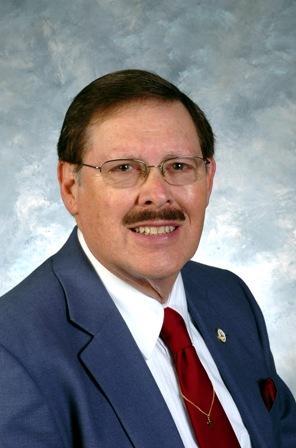House Passes Redistricting Plan, But Questions Still Remain
Nearly 18 months, one lawsuit and one plan declared unconstitutional, the House of Representatives and the Senate finally passed a redistricting plan this past week during a Special Session in Frankfort.
Given all the past history of redistricting stretching back to the Kentucky Supreme Court’s decision to throw out the plan that passed in 2012, it was somewhat refreshing that we could come together and pass a plan that for the most part passed along bipartisan lines. Both the House and Senate take up the task of redistricting roughly every 10 years, which is based on population data compiled by the U.S. Census Bureau.
The new redistricting plan in the House pits four incumbent Democrats and four incumbent Republicans against each other next fall. It also creates four open seats in the House: one in Jefferson County, one in Bullitt, one comprised of Anderson, Spencer, and a small portion of Bullitt, and the fourth made up of Elliott, Lewis and Rowan County in the eastern part of the Commonwealth. While the plan did pass in the House by a vote of 80-17, it didn’t slide through without some controversy.
I am displeased that the plan put Grayson and Butler Counties in different districts. The new plan places me in the same district with one of my closest friends, Rep. Jim DeCesare, and if the plan stands, I plan to seek a different office. Also the plan is bad because it splits Radcliff, Madisonville, Richmond and Georgetown into several districts and did the same to several smaller communities in Northern Kentucky. I am concerned that the federal courts may rule the plan unconstitutional. While this was clearly the best plan Majority Leadership has presented, because of my stated concerns, I was one of the 18 no votes.
Several legislators expressed disappointment as to why areas of Kentucky with increased growth, like Madison, Hardin, and Laurel must be split among several districts. In addition to counties being split, communities like Georgetown, Madisonville, and Radcliff find their cities carved up among three districts.
In addition, legislators from areas like Northern Kentucky and Lexington decried the lack of new legislative seats in their regions. In the case of Northern Kentucky, legislative districts represented by Republican were placed at the high end of the required plus or minus five percent deviation for the median population number per House district, which a little more than 43,000 people.
Redistricting in itself is political by nature, but we can surely find a better way to draw boundaries that better reflect the population shifts in Kentucky. We as legislators owe that to the people we represent.
I welcome your comments and concerns on any issues throughout the year impacting our Commonwealth. I can be reached through the toll-free message line in Frankfort at 1-800-372-7181, or you can contact me via e-mail at [email protected]. You can keep track of committee meetings and potential legislation through the Kentucky Legislature Home Page at www.lrc.ky.gov.
By: State Representative C.B. Embry, Jr.
- Log in to post comments



























